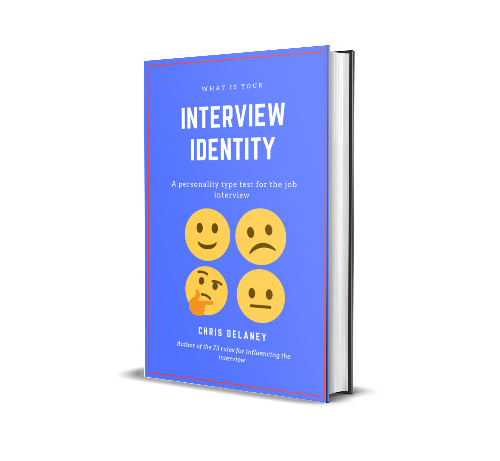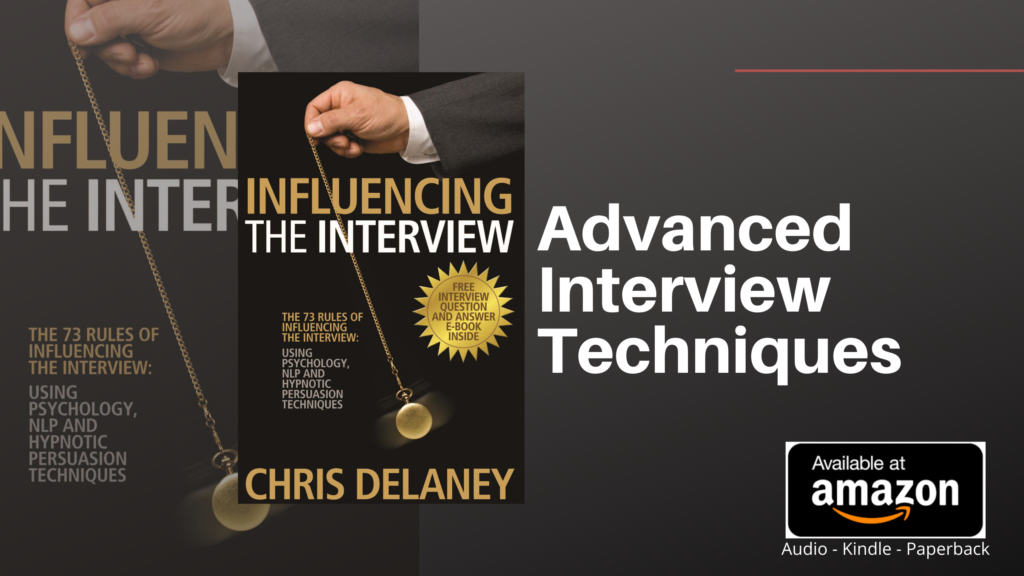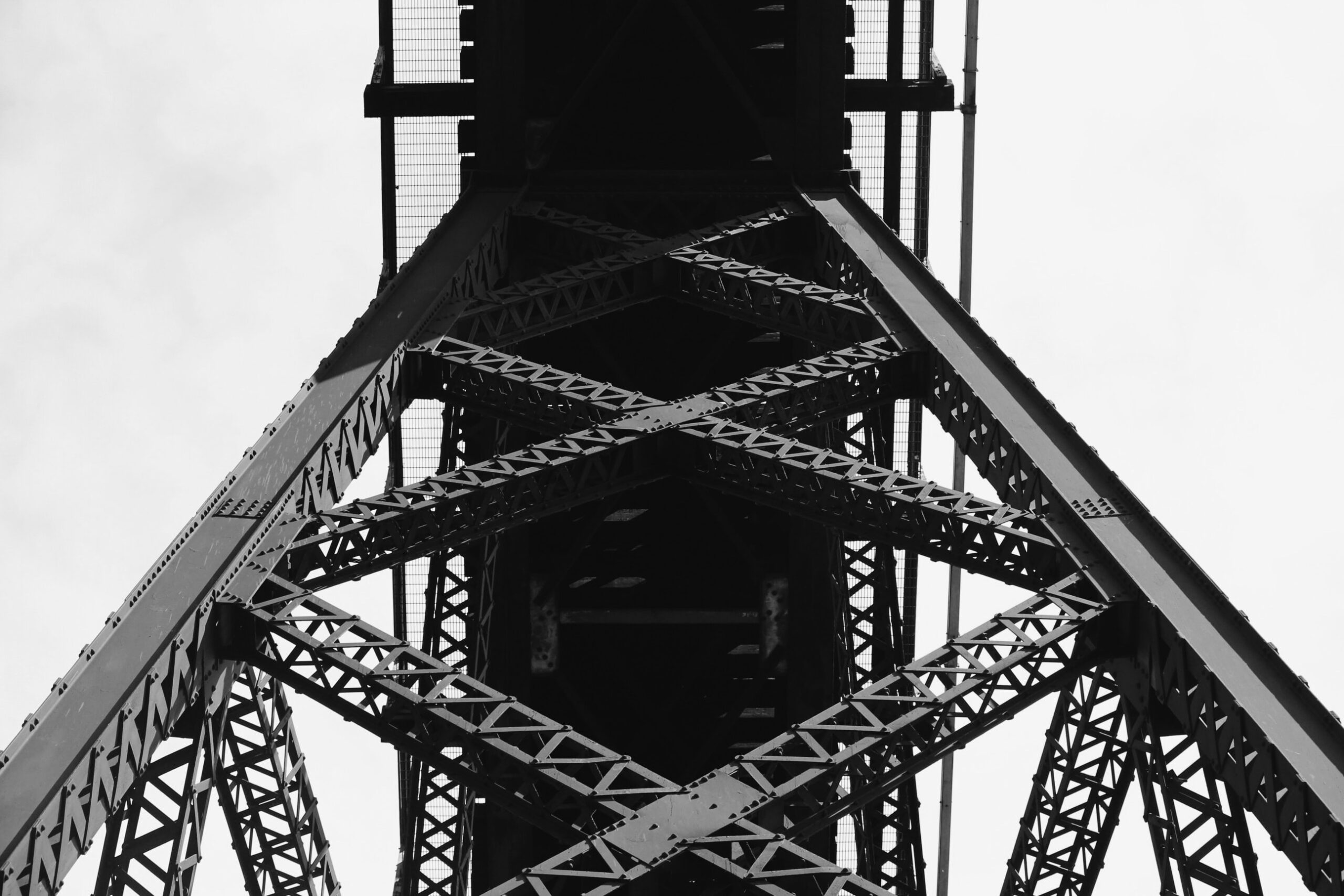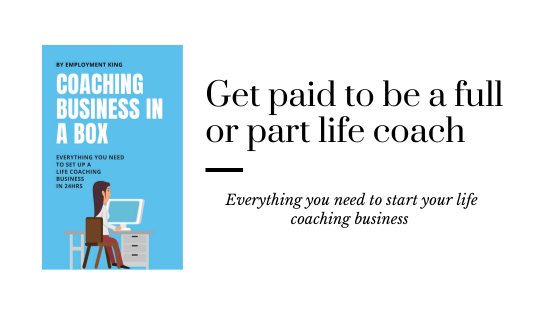How to become a chartered structural engineer – UK
Structural engineers, once qualified, can become ‘chartered’ by passing an IStructE interview, which checks that the structural engineer has a high level of knowledge of all of the 13 core objectives of the IPD (initial personal development).
In addition, to become chartered, the structural engineer needs to complete the chartered membership exam, produce a 2-page experience report (similar to a CV) and possess an IStructE accredited engineering degree.

IStructE Interview
The IStructE chartered interview will last for around 1 hr, including a 15-minute presentation.
The data shows a 75% interview success rate.
The interview can be conducted prior or post the taking of the chartered membership exam.
Chartered Membership Exam
The exam, required to become a chartered engineer, will last for seven hours and is split into two sections; the preparation of a design proposal and calculations, in which each section is worth 50% of the total marks.
Structural engineers will be tested on their knowledge of structural engineering principles, explaining structural design concepts and their ability to find viable solutions to engineering design problems.
As part of the seven hours long exam, the engineer can choose 1 of 5 questions with each question having two sections; design proposal and calculations. Both parts of the question must be satisfactorily answered to achieve a pass;
Section 1 – design proposal looks at functional framing, load transfer and stability.
Section 2 – calculations for the form and size of principle structural elements.
IStructE professional review interview
The IStructE interview is essential a competency-based interview. During the interview, each engineer will be asked to present a 15-minute presentation
IStructE interview presentation
The presentation should last around 15 minutes and be focused on presenting evidence of the candidates involvement in the work stated within the portfolio, showing engineering and technical content and innovation.
IStructE Interview Questions
Engineers will be asked around 10-20 interview questions, with high marks being allocated to interviewees who reference the 13 core objectives (showing knowledge and experience) with confidence, creating a positive or negative impression of the applicant’s competencies, their interview identity.
The interview questions are, in the main, relating to the candidate’s portfolio to check the engineer’s level of knowledge and understanding.
The interviewer(s) aren’t trying to catch out the engineer, instead, they are looking at the interviewee’s competency level and knowledge of the core objectives.
Tip – Bring evidence of your work and personal development to show during the job interview.
Remember – You will be interviewed by at least two interviewers.
Here is a list of some potential IStructE interview questions applicants may be asked, and therefore need to prepare for. Remember, unlike a job interview where the employer is asking questions relating to a set of criteria they require for the advertised position, in the professional review interview, the interviewers are asking in-depth questions based on the applicant’s portfolio to check (and collect more evidence of) the engineers level of competencies and experiences.
Many questions asked will be to clarify ambiguous statements or missing details from the applicant’s portfolio. An example of this would be “who made the decision to do X?” which checks if the candidates level of authority on a project and therefore their experience and knowledge level.
Example Interview Questions asked in a IStructE professional review interview.
Where do you sit within the organisation?
Was this a collaborative project?
How do you decide what technologies are relevant to your project?
Can you tell me a about a practical engineering problem that you had to overcome?
When you worked as part of a team, did the team members report directly to you or was it part of a matrix management system?
How did you communicate across a multifaceted project or organization?
How did you explain technical information to none technical project team members?
Who made the decision to go forward with the project once the initial cost estimation had been reviewed?
How did you risk assess the project?
(When discussing a project) What was your role in that project?
What are your development objectives for the next 5 years?
How do you keep up to date with industry regulations?
Is there anything more that we should know?
An informal interview, therefore, is a conversational job interview that has no structure and scoring process, resulting in hiring decisions being made ’emotionally’.
IStructE Technical Interview Questions
In addition, the interviewers will asked engineering technical questions – in fact around 80% of the interview questions will be technical, relating to the applicant’s portfolio of work.
What are the sub-grades of steel?
Where do you connect ground water relief drains?
What would be your criteria for determining if more stability structure was required?
What about maintaining the continuity of the slab for diaphragm action?
Would it have been better to tie the wall into the slab with resin anchored reinforcement?
For the Typical Internal Stability Framing – what was the reasoning for designating all connections as moment-transfering?
What are your thoughts on the provision of torsional reinforcement in the downstand beam supporting the cantilever?
How do you provide out of plane stability for the steel option?
How do you provide ties between the precast floor and the wall?
What is the reason for the lateral stability columns being internal?

What column base idealisation was selected?
How would you justify a moment-resisting pad foundation?
Where, and what kind of moment connections would you have proposed for the glulam option?
How would the height of a piling rig influence the final option in a restricted height environment if the bedrock was deeper than anticipated?
How would you agree on the limiting influence on the buried services from the foundations with the owner of the services tunnel?
How would you design against vehicle crash loading?
Are there any special considerations for working in close proximity to railways?
How would you deal with a breach of health and safety on site?
Job Interview Advice








